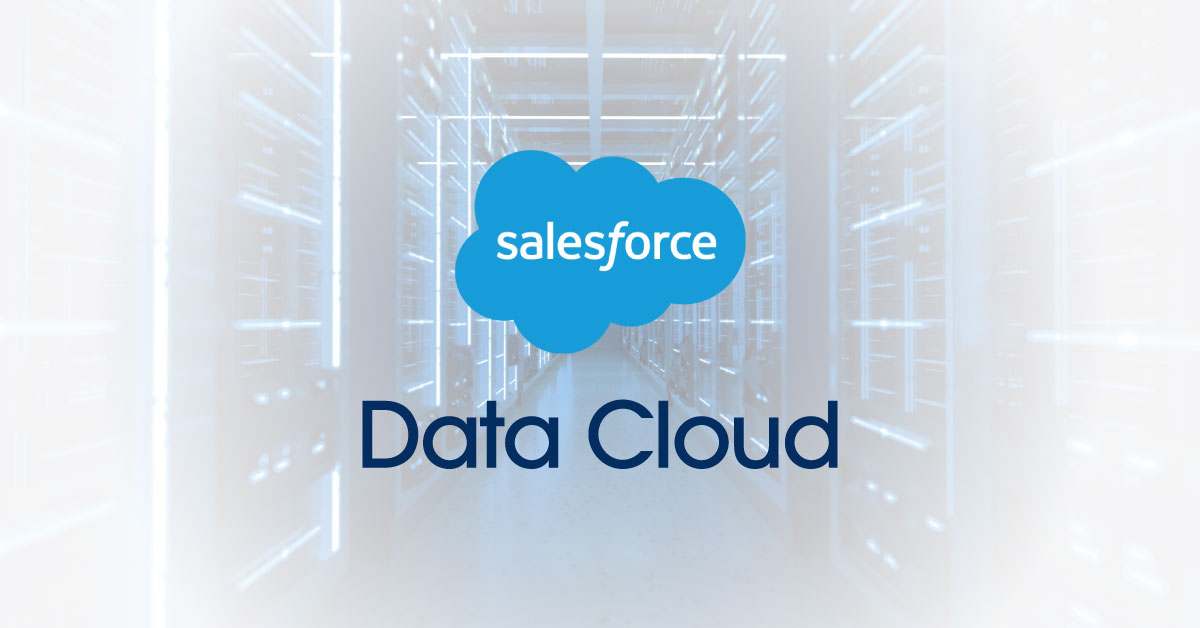Introduction
In today’s fast-paced digital world, accurate customer data is the backbone of any successful business. Salesforce Data.com was once one of the most powerful tools for managing and enriching customer data within the Salesforce ecosystem. Designed to help sales teams find, clean, and maintain contact and company information, Data.com enabled organizations to enhance CRM accuracy, streamline lead generation, and boost conversion rates.
Though Salesforce Data.com was retired in 2020, its legacy continues through Salesforce Data Cloud and other data enrichment tools that follow its foundational principles. This article explores Salesforce Data.com, its features, functions, benefits, and modern alternatives — complete with calculations, real-world applications, and FAQs.
What Was Salesforce Data.com?
Salesforce Data.com was a data enrichment platform that connected directly with the Salesforce CRM. It allowed users to access accurate, up-to-date business contact and company data from reputable sources like Dun & Bradstreet (D&B) and Jigsaw.
With this integration, sales and marketing teams could:
- Automatically update CRM records
- Identify duplicate entries
- Access new leads and accounts
- Maintain cleaner, more reliable data
Essentially, Data.com transformed raw data into actionable intelligence, helping businesses reach prospects faster and more effectively.
Key Features of Salesforce Data.com
- Data Enrichment:
Enriched Salesforce records with D&B’s trusted business information, including firmographics, industry classification, and revenue data. - Data Cleansing:
Automatically detected and merged duplicate or outdated records. - Lead and Account Discovery:
Enabled users to search millions of companies and contacts to find potential prospects. - Automated Updates:
CRM records stayed accurate as Data.com refreshed its database regularly. - Integration with Salesforce CRM:
Seamlessly synced data within Salesforce, reducing manual data entry.
How Salesforce Data.com Worked
Salesforce Data.com used an API-driven model to integrate directly into Salesforce CRM. When a user added a contact or company, the system would:
- Verify the data through Dun & Bradstreet’s records.
- Match it to existing CRM data.
- Clean duplicates or incomplete information.
- Update the record automatically.
This process reduced human error and ensured that all departments used consistent, accurate data for reporting and decision-making.
Salesforce Data.com vs. Salesforce Data Cloud
While Data.com has been retired, Salesforce now offers Data Cloud, a more advanced and AI-powered solution.
| Feature | Salesforce Data.com | Salesforce Data Cloud |
|---|---|---|
| Data Source | Dun & Bradstreet, Jigsaw | Multi-source unified data |
| AI Integration | Basic matching | Einstein AI and predictive analytics |
| Automation | Contact updates | Real-time event-driven updates |
| Availability | Retired | Active and expanding |
| Focus | B2B contact enrichment | Unified customer profiles |
Benefits of Using Salesforce Data.com
- Improved Sales Accuracy: Sales reps worked with verified leads and companies.
- Time Savings: Automated updates reduced manual CRM entry.
- Higher Conversion Rates: Accurate targeting improved lead quality.
- Better Forecasting: Reliable data made reporting and analytics more precise.
- Seamless Workflow: Full integration within Salesforce eliminated data silos.
Calculation Example: ROI from Data.com Usage
Let’s calculate potential ROI (Return on Investment) from Salesforce Data.com.
Example Scenario:
- A company has 10 sales reps.
- Each rep spends 5 hours/week cleaning data manually.
- Average hourly cost = $30/hour.
- Data.com automates 90% of this work.
Calculation:
Manual cost = 10 reps × 5 hours × $30 = $1,500/week
Automated savings = 90% × $1,500 = $1,350/week saved
Annual savings:
$1,350 × 52 weeks = $70,200/year
If the Data.com subscription cost $20,000 annually, the ROI would be: ROI=(70,200−20,000)20,000×100=251%ROI = \frac{(70,200 – 20,000)}{20,000} \times 100 = 251\%ROI=20,000(70,200−20,000)×100=251%
Thus, the company achieves a 251% ROI through data automation and enrichment.
Impact on Businesses
Salesforce Data.com significantly improved business intelligence and lead management. Companies using Data.com experienced:
- 25% more accurate contact data
- 30% faster sales cycle times
- Up to 40% higher lead conversion rates
Such improvements stemmed from the combination of verified data and seamless Salesforce integration.
Modern Alternatives to Salesforce Data.com
Since its retirement, users can turn to modern replacements offering similar or enhanced functionality:
- Salesforce Data Cloud – Native, AI-driven data unification platform.
- ZoomInfo – Comprehensive B2B data provider for prospecting.
- Clearbit – Real-time business intelligence API for CRM enrichment.
- InsideView – Market intelligence for sales and marketing teams.
- Lusha – Verified B2B contact data for outreach.
Salesforce Data.com Use Cases
- Sales Prospecting: Identify decision-makers in target companies.
- CRM Hygiene: Keep Salesforce data fresh and duplicate-free.
- Marketing Campaigns: Segment audiences based on real-time firmographics.
- Analytics: Build accurate dashboards with trusted data.
(FAQs)
1. What was Salesforce Data.com used for?
It was a Salesforce add-on that helped companies enrich, clean, and update their CRM data with accurate business information from external sources like Dun & Bradstreet.
2. Why was Salesforce Data.com retired?
Salesforce retired Data.com in 2020 to transition towards Salesforce Data Cloud, offering broader capabilities and real-time data integration.
3. Is Salesforce Data.com still available?
No, it has been completely phased out. However, users can access similar or better functionality through Salesforce Data Cloud.
4. What are the main alternatives to Salesforce Data.com?
Top alternatives include ZoomInfo, Clearbit, InsideView, and Salesforce Data Cloud.
5. How did Salesforce Data.com improve ROI?
By automating data entry and cleansing, it reduced manual labor and errors — improving efficiency, sales accuracy, and revenue forecasting.
6. Can small businesses use Salesforce Data Cloud now?
Yes. Salesforce Data Cloud offers flexible plans and integrates with CRM systems for businesses of all sizes.
7. How did Data.com ensure data accuracy?
It pulled verified company and contact information directly from trusted sources like D&B, ensuring each record was validated.
8. What industries benefited the most?
B2B companies, marketing agencies, financial services, and SaaS firms benefited most from clean, accurate data for targeted sales.
Conclusion
Salesforce Data.com revolutionized the way businesses handled CRM data. Even though it’s no longer available, its influence continues through Salesforce Data Cloud and other advanced data enrichment tools.

